- Home
- About
- Hospitals
-
Treatments
- Orthopedic & Spine
- Knee Replacement
- Carpal Tunnel Release
- Rotator Cuff Repair
- Meniscus Repair / Meniscectomy
- Total Hip Replacement (THR)
- Total Shoulder Replacement
- Arthroscopy
- Ligament Reconstruction
- Spinal Fusion
- Discectomy
- Laminectomy
- Spinal Decompression
- Vertebroplasty and Kyphoplasty
- Fracture Repair
- ACL Reconstruction
- Tendon Repair
- Osteotomy
- Amputation
- Pediatric and Adult Cardiac
- Neuroscience
- Oncology
- Nephrology & KTP
- Gastroenterology & Hepatobiliary
- Obstetrics and Gynaecology
- Infertility
- Dental & Maxillofacial
- Plastic & Cosmetic Surgery
- Rhinoplasty
- Blepharoplasty (Eyelid Surgery)
- Facelift (Rhytidectomy)
- Breast Augmentation (Mammoplasty)
- Breast Reduction (Mammoplasty)
- Breast Lift (Mastopexy)
- Liposuction
- Abdominoplasty (Tummy Tuck)
- Brazilian Butt Lift (BBL)
- Lip Augmentation
- Breast Reconstruction
- Cleft Lip and Palate Repair
- Scar Revision
- Burn Reconstruction
- Botox Injection
- Ophthalmology
- Otolaryngology (ENT)
- Endocrinology
- General and Minimal Invasive Surgery
- Pulmonology
- Rheumatology
- Urology
- General Medicine
- Ayurvedic Treatment
- Orthopedic & Spine
- Doctors
- Contact Us
Cholecystectomy
A cholecystectomy is a surgical procedure in which the
gallbladder is removed. The gallbladder is a small organ located beneath the
liver, and its primary function is to store bile, a digestive fluid produced by
the liver. Bile is released from the gallbladder into the small intestine to
aid in the digestion of fats.
Cholecystectomy is commonly performed to treat
gallbladder-related conditions, with the most frequent reason being the
presence of gallstones. Gallstones can block the normal flow of bile, leading
to pain, inflammation, and other complications. Other reasons for a
cholecystectomy may include gallbladder inflammation (cholecystitis),
gallbladder polyps, or dysfunction of the gallbladder.
Cholecystectomy is a common and generally safe procedure, and
many people can lead a normal, healthy life without their gallbladder. The body
can still digest fats after the removal of the gallbladder, but the bile is
released more continuously into the small intestine.
If you are experiencing symptoms such as abdominal pain, nausea,
vomiting, or other signs of gallbladder issues, it's essential to consult with
a healthcare professional for proper diagnosis and guidance on the most
appropriate treatment, which may include cholecystectomy in some cases.
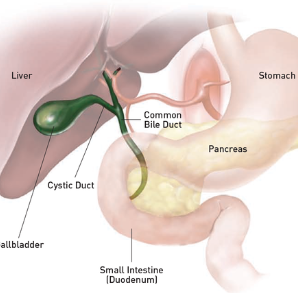


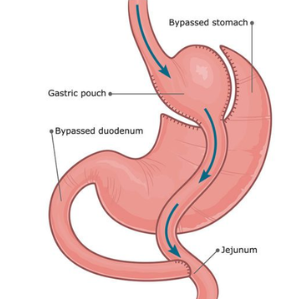
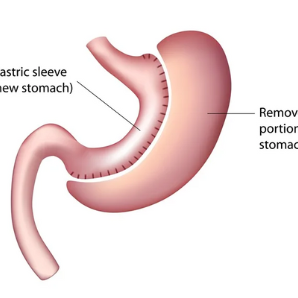
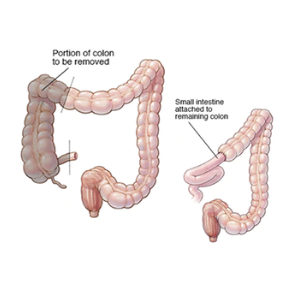
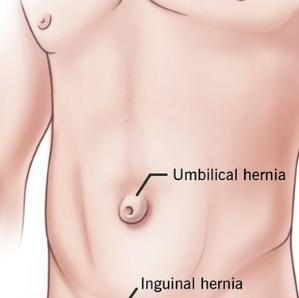
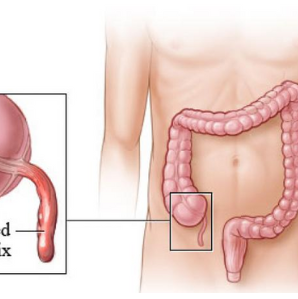
.png)